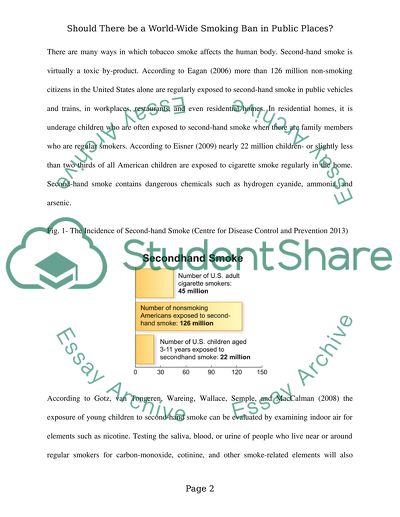Cite this document
(“Should there be a world-wide smoking ban in public places Essay”, n.d.)
Should there be a world-wide smoking ban in public places Essay. Retrieved from https://studentshare.org/health-sciences-medicine/1491954-should-there-be-a-world-wide-smoking-ban-in-public
Should there be a world-wide smoking ban in public places Essay. Retrieved from https://studentshare.org/health-sciences-medicine/1491954-should-there-be-a-world-wide-smoking-ban-in-public
(Should There Be a World-Wide Smoking Ban in Public Places Essay)
Should There Be a World-Wide Smoking Ban in Public Places Essay. https://studentshare.org/health-sciences-medicine/1491954-should-there-be-a-world-wide-smoking-ban-in-public.
Should There Be a World-Wide Smoking Ban in Public Places Essay. https://studentshare.org/health-sciences-medicine/1491954-should-there-be-a-world-wide-smoking-ban-in-public.
“Should There Be a World-Wide Smoking Ban in Public Places Essay”, n.d. https://studentshare.org/health-sciences-medicine/1491954-should-there-be-a-world-wide-smoking-ban-in-public.


